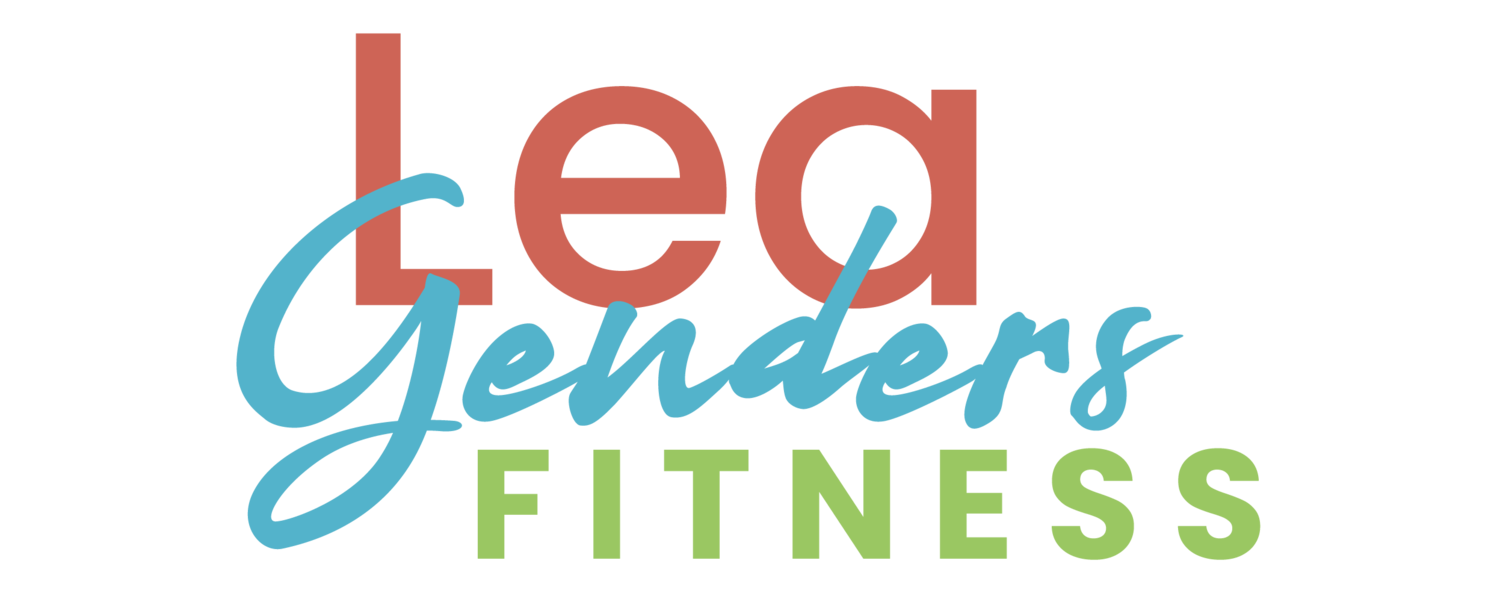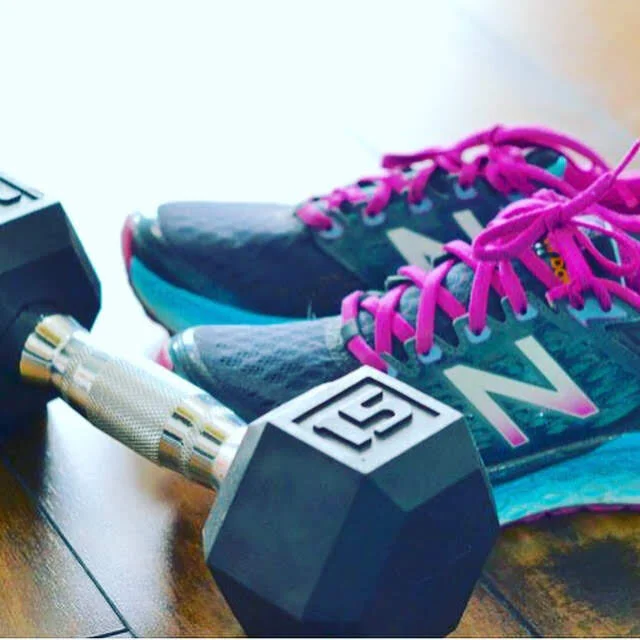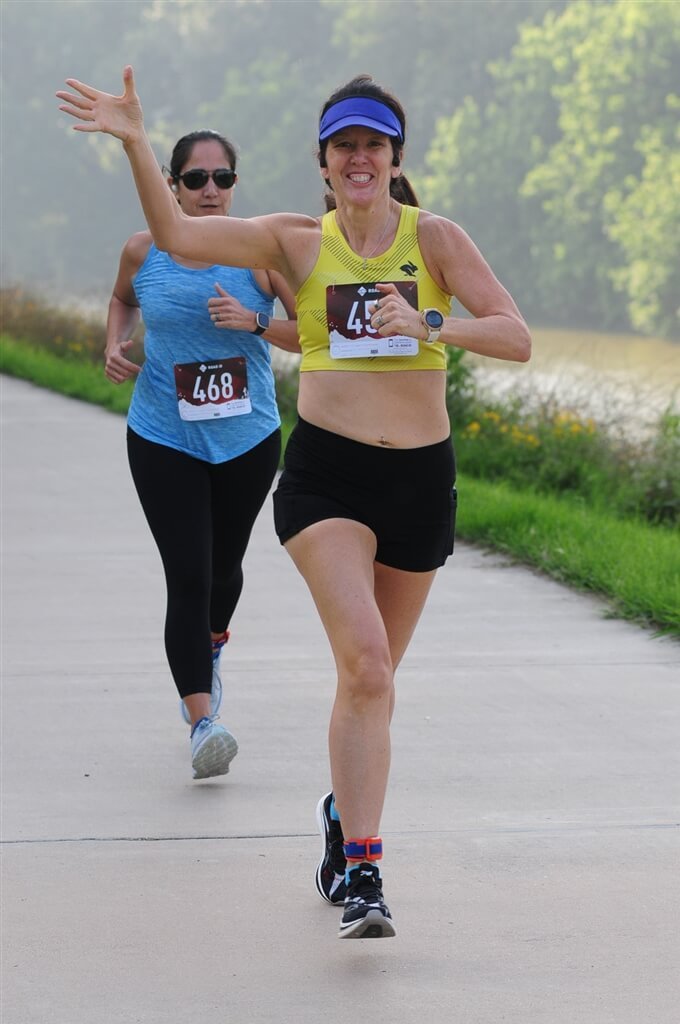It couldn't be further from the truth. Experienced runners can benefit from 5Ks to improve their fitness, speed, and mental training, which will carry over to longer-distance racing.
If your pace is essentially the same for all your training runs and race distances, you might be leaving performance on the table. Your race times should be faster than your everyday training runs (except for workouts explicitly done at race pace, which should not be multiple times per week).
If your race and daily training paces are the same, you are either running too fast for most of your training runs or not pushing yourself enough at your races (assuming getting faster in races is a goal).
Of course, running for general fitness, fun, mental health, or community involvement is always okay (even great!); not everyone wants (or needs) to get faster.
However, a 5K race is a great way to improve fitness if you want to improve your pace at all distances. A 5K is an opportunity to practice running faster at shorter distances, increasing stamina and improving mental toughness. Training to increase your 5K time can help you improve your fitness, translating to better performances at other distances.
Getting comfortable running fast(er) 5Ks can make your half marathon or marathon pace feel downright easy!
TO ASSESS CURRENT FITNESS
If for no other reason, running 5Ks a few times a year can help you establish a fitness baseline to compare future improvements. A race provides an atmosphere that fosters competition and giving your all! You could measure out a 5K on the streets of your neighborhood, but a race experience can elevate your motivation.
I can exert myself when running alone, but the push of a runner coming up behind me or spotting someone to pass ahead gives me a boost to hang on and push a little more. Hearing the footsteps of my competitors, the crowds, the music, and the support help me push up against my perceived limits.
Then, subsequent races can help you determine if you are improving, if your training plan is effective, and help track the progress. Just make sure you are comparing races appropriately. A hilly summer race may not be an accurate assessment against a flat race in the winter. We expect to be slower in humid or warm weather with elevation, which does not mean we lost fitness.
PLAN PACES FOR SPEED INTERVALS
Besides measuring current fitness, a recent 5K time can help you plan paces for speed work. Often runners make the mistake of running speed intervals at the pace they wish they could run (or simply as fast as possible) instead of the pace their current fitness level dictates, which can lead to injuries or burnout.
Remember, the goal is to do the minimum to elicit change. Not the bare minimum; simply the minimum to produce change. Which means you only need to do what you need to do. More is not always better, and faster is not always better. More volume and faster paces are good until it is too much; then, it could have diminishing returns, leading to injury and overtraining. Finding the balance and knowing your limits is vital.
You can plug your current 5K time into a pace chart (I like Ambry Burfoot's) to get appropriate paces for easy & long runs, tempo workouts, and long and short intervals. It gives you a framework to know what paces are proper using your current fitness level as a guide. If you always run at the same speed, there is room for improvement! Having this recent 5K time is an important data point to plan the rest of your training.
Every time your 5K pace improves, you can update your paces for other workouts. I recommend reassessing twice a year.
The critical point here is that you are using your 5K time to determine the speed of workouts, not deciding how fast you want to run and plan paces around that goal. Getting faster is a long, non-linear process. You put in the work, and those improvements come gradually with consistency, proper fueling, and rest. You can't rush progress.
SETTING AND ACHIEVING GOALS
Any race can give you a goal to work towards, which is great for motivation, and planning a training schedule. However, it takes longer to train for and recover from a half-marathon or marathon, so if you miss your goal (it happens to the best of us!) for long distances, it takes longer to ramp back up to try again.
A 5K training cycle can be much shorter and the recovery time faster, so you can experiment with goals and pacing. It's less pressure because if it isn't your day, you can try again in a week or two.
TO PRACTICE SPEED
Shorter distances give you room to experiment with pushing your absolute limits. For example, you might not want to go for a hard effort on a half or full marathon until the very end for fear of blowing up and being unable to finish, but with a 5K, you can practice pushing your limits over a shorter distance. Once you get comfortable pushing yourself for a 5K, you can take the skill and apply to it the last 5K of a longer race.
A 5K can also be a part of speed training for a longer distance race, as long as you don't ramp up speed (intensity) and milage (volume) in the same week. In other words, to reduce injury risk, don't race a 5K in the same week as you add three miles to your long run in marathon training.
MENTAL TRAINING
Skills such as mental focus, perseverance, and mental toughness are necessary to race any distance. The 5K is a great distance to push your limits, practice cognitive techniques, and hone your skills. If you can get comfortable with being uncomfortable in a 5K, that will translate to longer distances.
A meditation technique that works well with running is to notice your thoughts without reacting to them. Imagine those thoughts floating away (or any visual that makes sense) to bring yourself back to the present.
Embracing the suck:
This is a way to say that you recognize it's challenging or uncomfortable and learn to accept it without trying to change or freak out. As a side note, this doesn't mean ignoring physical pain or injuries; we are talking about feeling uncomfortable. It's about keeping the end goal in mind and not getting distracted negatively.
Be present:
Run the mile you're in by practicing staying in the present rather than thinking about the past (how far I've come) or the future (how far I have to go). Acknowledge and release distracting thoughts.
REFRAME NEGATIVE THOUGHTS:
When those thoughts are negative, try to reframe them.
"Yes, this is hard, but I am strong and tough and can do hard things."
"I am tired but privileged to be here today."
"My legs feel tired, but breathing feels easy!"
Focus on the positive.




























Forget the pressure to "end the year strong." This December, I am exploring a different approach: ending the year soft. Learn how compassion, rest, and grace can set you up for a healthier New Year than pushing ever could.